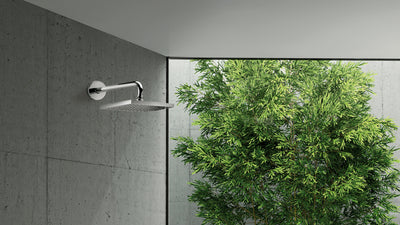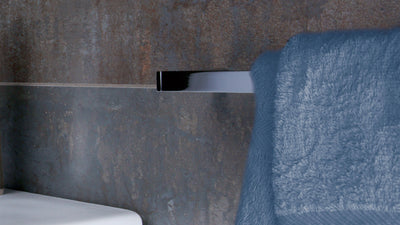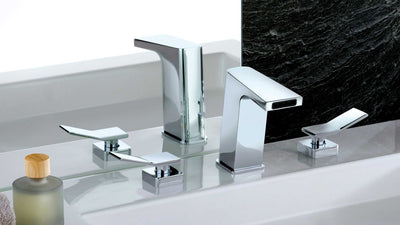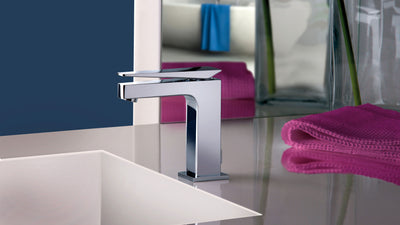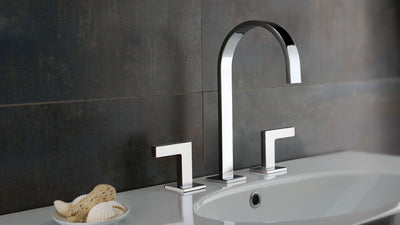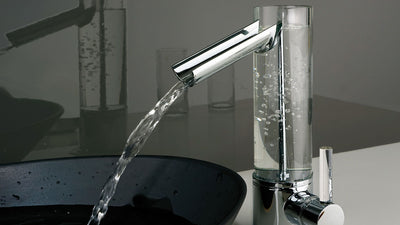Transformation of China’s Sanitary Ware Market

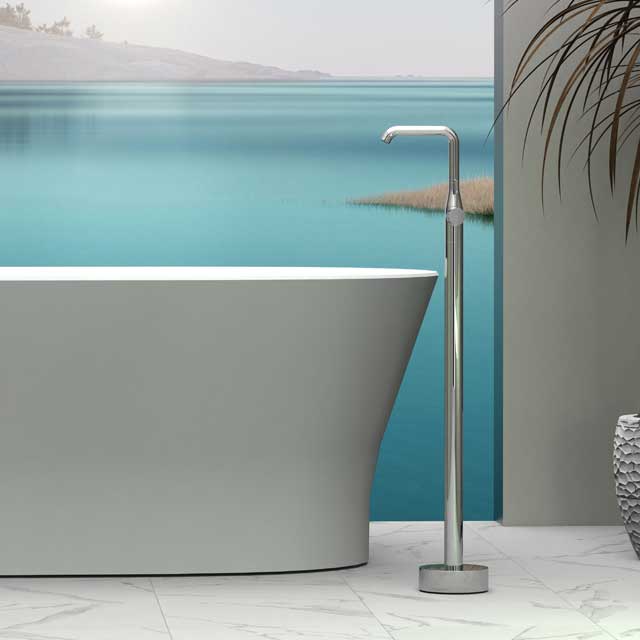
This is an era of rapid rise and sudden decline. In this era, if one fails to adapt to the trends and make timely responses when major changes arrive, even the most illustrious brands will inevitably decline.
On April 28th, Japanese sanitary ware giant TOTO announced its financial results for fiscal year 2024, revealing a double decline in operating revenue and net profit attributable to the parent company in the Chinese mainland market. On the same day, TOTO issued a “Notice on Structural Reforms of Business in Mainland China,” announcing the closure of its two major factories in Beijing and Shanghai and implementing structural reforms in its mainland China operations. Simultaneously, the market share of domestic Chinese sanitary ware brands continues to rise.
Everything happened so suddenly, yet it seemed to be within expectations. In recent years, the Chinese market has witnessed too many role reversals between local and “foreign” brands. Foreign brands that once enjoyed immense success in China are now shrinking their presence or withdrawing, while domestic brands are rapidly rising. Market rules have changed, the industry landscape is being reshaped, and the question is: who will lead, and who will be eliminated?

The “Difficult Moment” for Foreign Brands
A financial report and an announcement have unveiled the “difficult moment” for foreign sanitary ware brands in the Chinese market.
According to the financial report, TOTO’s sales in fiscal year 2024 reached 724.5 billion yen, of which revenue in mainland China was 66.9 billion yen (approximately RMB 3.395 billion), a decrease of 20.4%, with a profit loss of 3.6 billion yen (approximately RMB 183 million). The two closed factories in Beijing and Shanghai had a total of approximately 2,000 employees as of April 1st this year and their closure is expected to reduce sanitary ceramics production capacity by about 40%.
[Image showing TOTO’s revenue decline in mainland China for fiscal year 2024]
Regarding this result, TOTO stated in its announcement that it was due to the prolonged slump in the mainland China real estate market, coupled with consumption downgrading due to the deteriorating economic environment and the continuous intensification of price competition with other companies, leading to a significant deterioration in the profitability of its mainland China business.
According to traditional logic, closing factories and shrinking operations often indicate a lack of confidence in the market. But is the Chinese sanitary ware market really failing? The answer should clearly be no. Although the current Chinese sanitary ware market faces many challenges, it is far from “failing,” and there is ample evidence to support this.
From a macro perspective, data from China’s National Bureau of Statistics shows that China’s GDP growth in the first quarter of 2025 was 5.4%, and the national per capita consumer expenditure increased by 5.3%. From an industry perspective, data from the Ministry of Commerce shows that driven by trade-ins, the retail sales of home appliances and furniture in the first quarter increased by 19.3% and 18.1% year-on-year, respectively. From the perspective of individual enterprises, the first-quarter revenues of several leading Chinese companies such as KUKA and Jomoo have all achieved growth.
It can be seen that China’s economic development remains steady, and there is still significant room for growth in demand across various industries. It’s just that the balance of growth has shifted from “foreign brands” to domestic Chinese brands.
[Image showing TOTO announcing the closure of its two sanitary ceramics factories in Beijing and Shanghai]
In the past, the Chinese sanitary ware market was an unknown frontier. With the idea of “exchanging technology for market share,” foreign brands represented by TOTO and Kohler flocked to China. Relying on advanced technology, good quality, and cutting-edge design, they quickly won the favor of domestic consumers. Especially during the golden age of China’s real estate, these foreign brands occupied a large share in channels such as high-end fitted apartments and hotels, easily reaping benefits.
However, fortunes change. Today, China’s sanitary ware industry has undergone a complete transformation. Product quality is getting better and better, brands are becoming more high-end, and China has become a source of forward-looking technology. Especially with the strong rise of domestic Chinese brands, foreign brands are facing tremendous competitive pressure, and the era of easy profits is over.
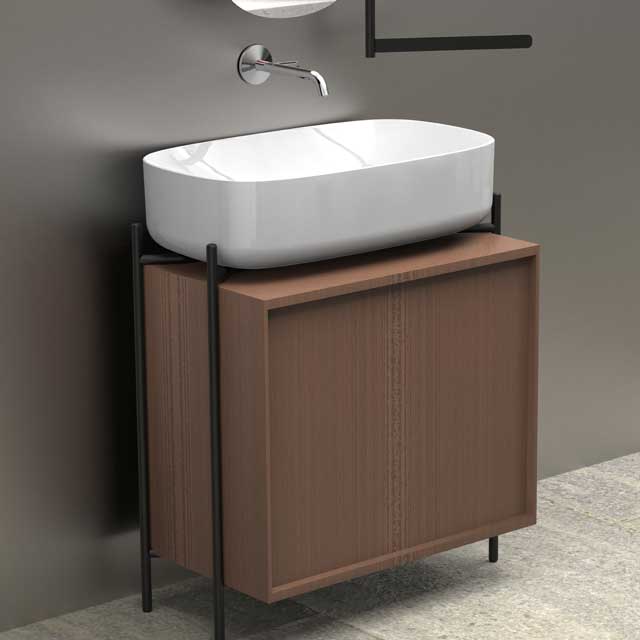
Why Are International Sanitary Ware Giants Retreating?
The retreat of foreign sanitary ware brands faces the same issues as giants in other sectors such as foreign automobiles and digital products. These include the strong push of domestic Chinese brands, the significant improvement in technological and product competitiveness, and the severe challenges brought about by the rise of a new generation of consumers. However, the most fundamental reason is their failure to keep up with the pace of Chinese consumer demand.
For example, facing the wave of intelligentization, TOTO, with its first-mover advantage and years of accumulated experience, should have occupied an important position in China’s intelligent sanitary ware market. However, the reality is not the case. Although TOTO’s Washlet and NEOREST series of smart toilets have achieved very good sales in the Chinese market, Chinese sanitary ware brands represented by Jomoo are gaining momentum even more rapidly in the field of intelligent sanitary ware.
On the one hand, relying on years of technological accumulation and keen market insight, Jomoo continuously launches intelligent sanitary ware products full of practical technology, such as the X90 ultra-quiet smart toilet that addresses the pain point of loud toilet flushing noise, which is highly favored by consumers. On the other hand, Jomoo Group has a strong intelligent manufacturing base, with 16 R&D centers and 15 high-end intelligent lighthouse factories globally. It pioneered the industry’s first 5G factory, zero-carbon 5G lighthouse factory, and the world’s first green dark factory, enabling it to continuously export intelligent sanitary ware products suitable for different consumer groups worldwide, ascending to the “throne” of global intelligent sanitary ware and obtaining the certification of “Jomoo Smart Toilet Global Sales First.”
[Image showing Jomoo’s Green Dark Factory, with robots operating unmanned for 365 days]
The situation is similar when facing the trends of customization and spatialization in the Chinese sanitary ware market. In recent years, as the voice of the consumer market shifted to the new generation, the demand of new-generation consumers for “personalized customization” and “one-stop shopping” has increased day by day. However, most foreign sanitary ware brands have largely adhered to their original advantages and have performed poorly in terms of customization and spatialization.
At the same time, a large number of Chinese sanitary ware brands have quickly followed up, from product customization to spatial solutions and lifestyle guidance, from functional design to aesthetic expression, bringing consumers more time-saving and worry-free one-stop services, quickly establishing a leading advantage, and further weakening the competitiveness of foreign sanitary ware brands.
If the catching up and surpassing in products and technology witnessed the hard power of Chinese sanitary ware brands, then the ability to adjust and make decisions in the face of market changes witnessed the soft power of China’s rise in this sector.
For example, in the era of the rise of e-commerce and digital platforms, foreign sanitary ware brands relied too much on traditional offline sales networks, their e-commerce layout was slow, and they missed the rapid growth period. In contrast, domestic Chinese brands quickly captured the hearts of young consumers through live streaming sales and short video marketing. Earlier this year, Jomoo produced the industry’s first horizontal-screen creative short drama, bringing hundreds of millions of views to the brand.
For another example, in the current situation where the Chinese sanitary ware market is shifting from an incremental market to a stock market, Chinese sanitary ware brands represented by Jomoo have quickly launched targeted products and services for the replacement market, seizing the market opportunity. However, foreign sanitary ware brands appear somewhat “old-fashioned,” with lengthy and complex decision-making processes, resulting in slow market response and watching the replacement market being occupied while hesitating.
It should be known that in today’s rapidly changing market, for all brands, if they cannot truly understand the Chinese market and Chinese consumers and fail to make timely responses, their only possible outcome is failure.
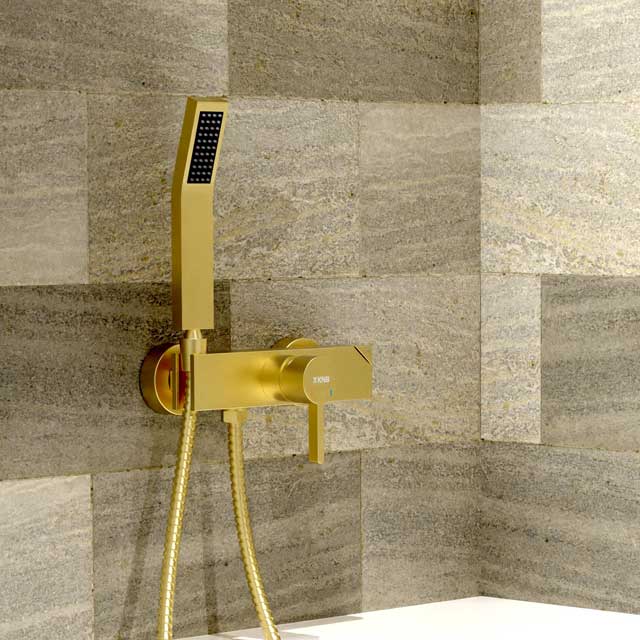
Chinese Brands Are Creating a New Landscape
Over the past decade, backed by the high-quality development of the Chinese economy, China has not only become the world’s largest consumer market but also a new global innovation center. Chinese independent brands have shown an all-dimensional catching-up from technological innovation to ecosystem construction—not just a rise in market share, but a qualitative change in industrial competitiveness from follower to leader.
For example, relying on innovation leadership, Haier and Hisense in the home appliance sector have consistently occupied the top three positions in European and American sales charts for many years. BYD in the new energy vehicle sector tops overseas sales charts, leading the global new energy vehicle market. DJI in the drone sector has become the global hegemon… There are many such examples, and the same is true for the Chinese sanitary ware industry.
[Image showing BYD leading the global new energy vehicle market]
Take Jomoo as an example. Based on the strategy of “Technological Sanitary Ware, Global Jomoo,” and relying on deep technological accumulation and innovation leadership, Jomoo has not only firmly occupied the top position in the Chinese market but is also expanding its overseas market presence with increasing breadth and steady steps. To date, Jomoo has more than 10,000 high-end experience stores and over 1 million sales outlets worldwide.
Consumers can not only buy Jomoo products in more than 120 countries around the world, but also experience the comfortable sanitary ware experience brought by Jomoo in many high-end hotels and landmark buildings around the world, such as the Emirates Palace Hotel in Abu Dhabi, the Burj Al Arab Jumeirah (Dubai’s sail-shaped hotel), the National Stadium of Madagascar, and the National Library of Myanmar.
[Image showing Jomoo’s presence in the Novotel Melbourne on Collins, a high-end international hotel]
In the past, these areas were long-term monopolies of foreign sanitary ware brands, and it was difficult for Chinese sanitary ware brands to enter. But today, Chinese sanitary ware brands are counter-attacking the long-term strongholds of foreign brands.
It can be said that through accumulated innovation leadership, China’s sanitary ware industry is building a new industrial landscape, and foreign brands have to re-examine and pay attention to their Chinese counterparts. As TOTO publicly stated at its 2024 fiscal year interim results briefing: Jomoo has a strong market presence and continuously increasing competitiveness, making it a strong competitor in the Chinese market.
However, no one expected such a change to occur just half a year later—the Chinese sanitary ware industry is accelerating its globalization process, while foreign sanitary ware brands are beginning to shrink their operations in China.
But this also tells us that no position is unshakeable, and no advantage can be maintained permanently. Who says that Chinese sanitary ware brands cannot rewrite the brand landscape of the global sanitary ware market?



